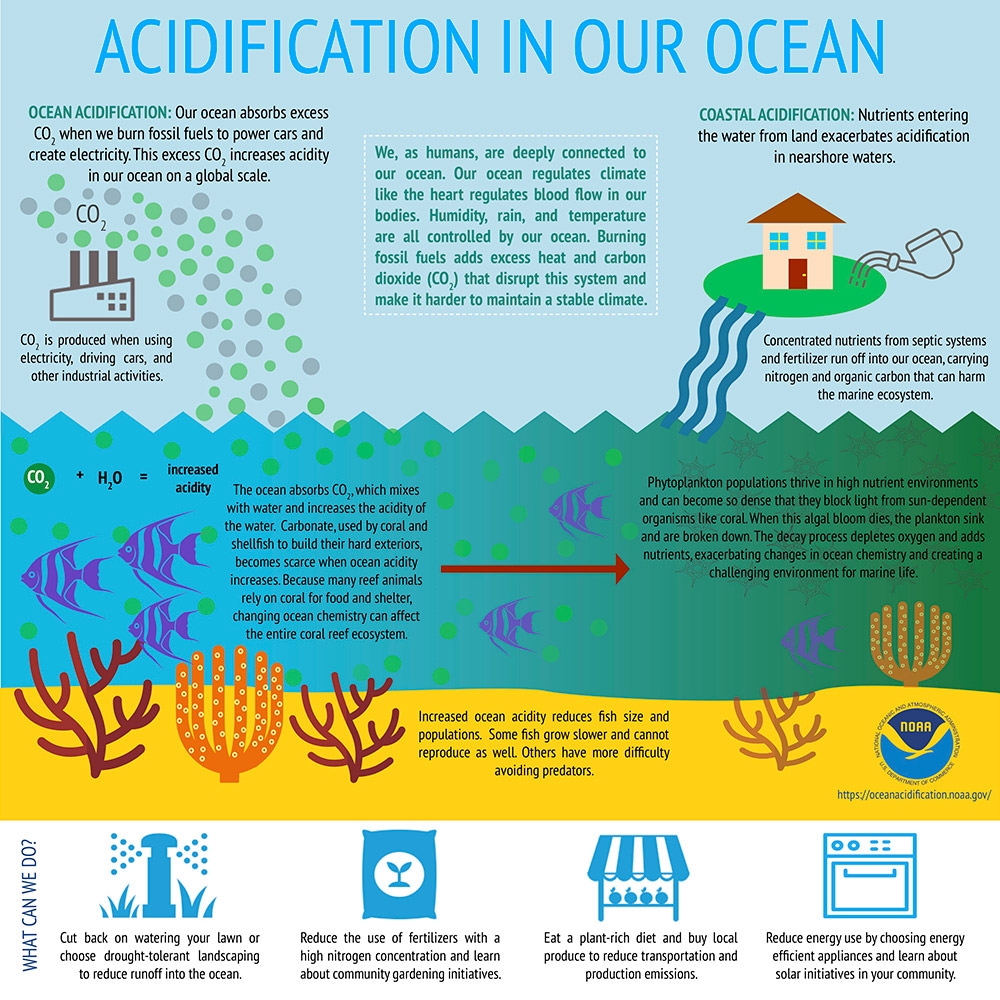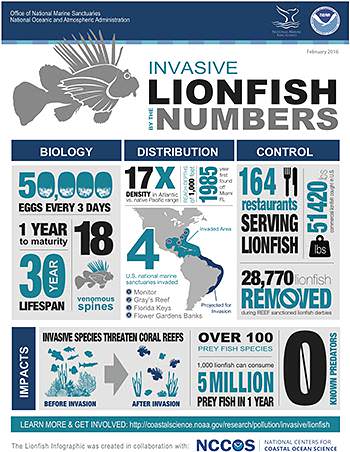Threats
Resources in Florida Keys National Marine Sanctuary are under threat, and the 2011 Condition Report shows that these resources are not adequately protected. The condition report concluded that the natural and cultural resources were in fair to fair/poor condition and generally either stable or in decline. Since that report:
- Florida Bay experienced seagrass and sponge die-offs from elevated salinity, harmful algal blooms, and storm effects.
- Corals weakened by a cold snap in 2010 and two summers of warm water temperatures in 2014 and 2015 succumbed to the devastatingly rapid outbreak of stony coral tissue loss disease.
- Hurricane Irma fractured coral reefs, ripped up seagrass, smothered sponges, and altered the seascape.
- Habitats continue to suffer vessel impacts as boating use increases.
Recent scientific findings show degraded habitat can improve with application of long-term management and conservation strategies, including marine zoning and regulations, to target changing conditions, use patterns, and emerging threats.
Recent scientific findings show degraded habitat can improve with application of long-term management and conservation strategies, including marine zoning and regulations, to target changing conditions, use patterns, and emerging threats.
Integrated Ecosystem Assessment
Concentrated and high-impact use
Under designation as an Area of Critical Concern, which protects major statewide resources from uncontrolled development, Monroe County's population has remained stable. Yet, the population of Miami-Dade and Broward counties has increased substantially, compounding pressures on aquatic and marine ecosystems that are interconnected with the waters of the Florida Keys. Use of sanctuary waters for recreational and commercial purposes continues to rise, increasing the chances for overfishing, vessel and anchor damages, discharges, marine debris, and other detrimental actions.
Florida Keys Shallow Water Boating Impact Analysis and Trends Assessment - Mapping Summary Report (PDF)
Water quality
The waters of the Florida Keys are part of a complex hydrological system that includes the Everglades, Florida Bay, Biscayne Bay, and other adjacent and remote areas. Wastewater, pollution, and marine debris are among the biggest threats to the Florida Keys' varied marine environments.
Goal: Clean Seas Florida Keys – A community-led program developed in the wake of Hurricane Irma in 2017 to address the threat of marine debris to ecosystems within Florida Keys National Marine Sanctuary.
Water Quality Protection Program (WQPP) – Mandated by the act that created Florida Keys National Marine Sanctuary, the Water Quality Protection Program uses monitoring programs to track the status of natural resources and prioritize corrective actions regarding point and nonpoint sources of pollution. The program is also charged with restoring and maintaining balanced indigenous populations of corals, shellfish, fish, and wildlife, and recreational activities in and on the water.
Climate change
Impacts from global climate change directly affect the natural resources of the Florida Keys. Warming waters, ocean acidification, changes in weather and storm patterns, and sea level rise threaten the future of the marine ecosystem.
Florida Keys National Marine Sanctuary Climate Change Impacts Profile
Warming waters – The reef-building corals of Florida are now exceeding their upper thermal limits regularly, and have undergone seven mass bleaching events since 1987. Increased sea surface temperatures, reduced freshwater inputs, and elevated nutrients contribute to episodic die-offs of seagrasses and other important components of coastal and marine communities.
Ocean acidification – Due to the increased acidity of seawater, many animals and plants with calcium carbonate shells or skeletons experience reduced growth or ability to generate hard shells. Ocean acidification could prompt a chain reaction through the marine food web reducing valuable ecosystem services such as food security, tourism, shoreline protection, and biodiversity.

Sea level rise – Projections from NOAA's Office of Coastal Management indicate that Florida's sea levels will rise between 3.84 and 8.56 feet by the year 2100, resulting in significant flooding of property and infrastructure, greater vulnerability to storm surges and erosion, and the destruction of coastal habitats and species. Habitat shifts and loss have been documented across the Florida Keys.
Storm frequency and severity – Intensifying storm waves and currents affect entire ecosystems, fracturing coral reefs, smothering sponges, and defoliating islands. Recovery may take decades.
NOAA assesses and respond to Hurricane Irma impacts
Invasive species

Introduced species can impact the marine ecosystem in significant ways: altering community composition and habitats, reducing the abundance and diversity of native marine species, interfering with ecosystem function, disrupting commercial and recreational activities, and, in some instances, causing extinction of native plants and animals. Within the Florida Keys, there are several efforts to manage, monitor, research, and conduct community outreach to address the issue.

